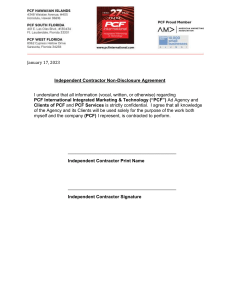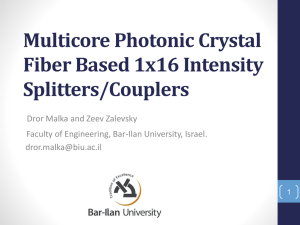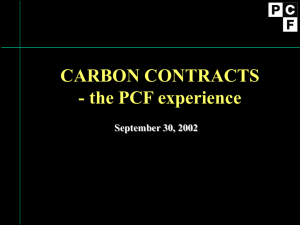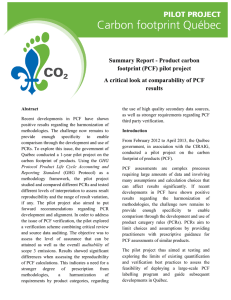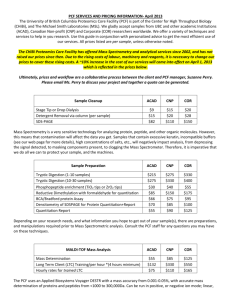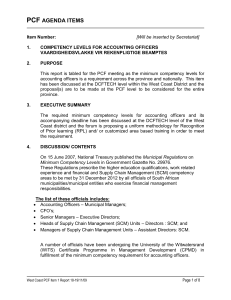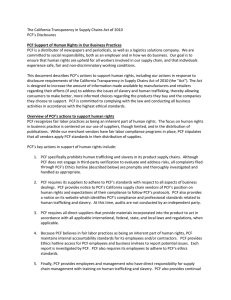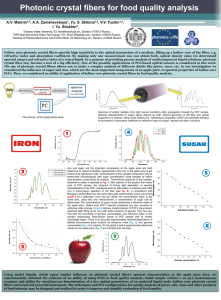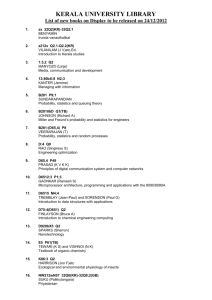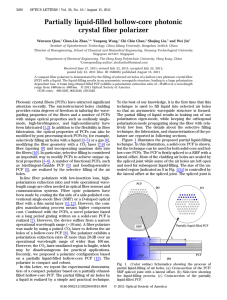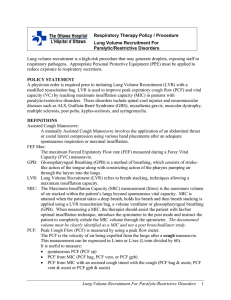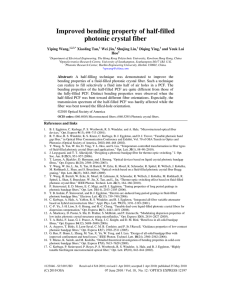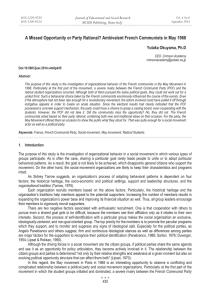Watching potential links between dynamics of the adjacent tectonic
advertisement
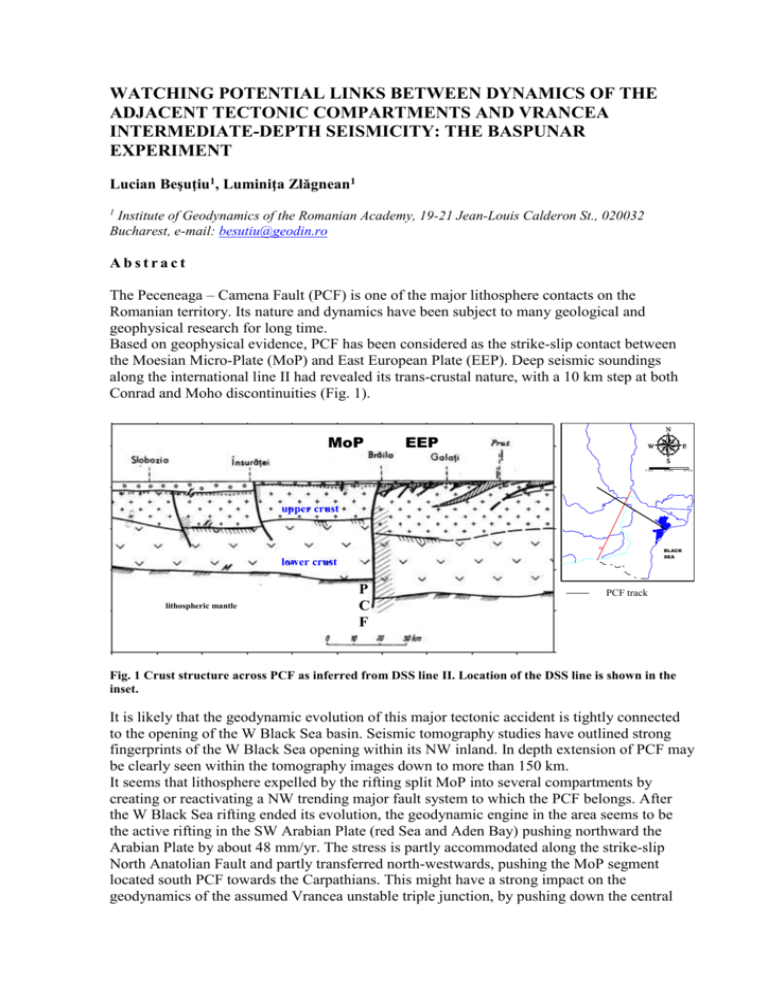
WATCHING POTENTIAL LINKS BETWEEN DYNAMICS OF THE ADJACENT TECTONIC COMPARTMENTS AND VRANCEA INTERMEDIATE-DEPTH SEISMICITY: THE BASPUNAR EXPERIMENT Lucian Beşuţiu1, Luminiţa Zlăgnean1 1 Institute of Geodynamics of the Romanian Academy, 19-21 Jean-Louis Calderon St., 020032 Bucharest, e-mail: besutiu@geodin.ro Abstract The Peceneaga – Camena Fault (PCF) is one of the major lithosphere contacts on the Romanian territory. Its nature and dynamics have been subject to many geological and geophysical research for long time. Based on geophysical evidence, PCF has been considered as the strike-slip contact between the Moesian Micro-Plate (MoP) and East European Plate (EEP). Deep seismic soundings along the international line II had revealed its trans-crustal nature, with a 10 km step at both Conrad and Moho discontinuities (Fig. 1). MoP EEP 0 km 40 km 80 km upper crust II BLACK SEA lower crust lithospheric mantle P C F PCF track Fig. 1 Crust structure across PCF as inferred from DSS line II. Location of the DSS line is shown in the inset. It is likely that the geodynamic evolution of this major tectonic accident is tightly connected to the opening of the W Black Sea basin. Seismic tomography studies have outlined strong fingerprints of the W Black Sea opening within its NW inland. In depth extension of PCF may be clearly seen within the tomography images down to more than 150 km. It seems that lithosphere expelled by the rifting split MoP into several compartments by creating or reactivating a NW trending major fault system to which the PCF belongs. After the W Black Sea rifting ended its evolution, the geodynamic engine in the area seems to be the active rifting in the SW Arabian Plate (red Sea and Aden Bay) pushing northward the Arabian Plate by about 48 mm/yr. The stress is partly accommodated along the strike-slip North Anatolian Fault and partly transferred north-westwards, pushing the MoP segment located south PCF towards the Carpathians. This might have a strong impact on the geodynamics of the assumed Vrancea unstable triple junction, by pushing down the central NEGRESTI PIATRA NEAMT ROMAN TULGHES BICAZ REGHIN IaP TOPLITA lithospheric compartment into the upper mantle and thus creating a thermo-baric disequilibrium to which intermediate seismicity is associated. EEP AIUD ALBA IULIA SIBIU BREZOI TULCEA RIMNICU VILCEA BABENI BABADAG COGEALAC SLATINA MoP laser reflector CD (MoP) CONSTANTA MANGALIA Black Sea ND (EEP) Leica TC1201(R) PC F Fig. 2 Plate boundaries and location of the Baspunar observatory (up), and details on the deployment of the scientific instruments on the two flanks of PCF (down) To check up the above mentioned geodynamic scenario, a geodetic experiment to monitor PCF flanks displacement has been realized by building up the Baspunar geodynamic observatory, located in an area where PCF crops out. Two Leica TC 1201 total stations were installed on the southern flank of PCF (belonging to MoP) in order to measure the distance to a laser reflector installed on the northern PCF flank (within the neighbouring EEP). Each instrument measures the distance to the reflector every 6 seconds and records minute averages of the observations. After several months of observations, time-series recorded shown a strong influence of the temperature variation on the obtained results. A diurnal effect, mainly due to the deformation of the wall on which the laser reflector was mounted, is well outlined. Trying to implement some corrections for tempertaure effect, a meteo station has been deployed this year at the Baspunar observatory, and first attempts to correct temperature/air pressure effects on readings have been made. Some preliminary results are presented and discussed in the paper.
